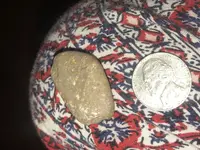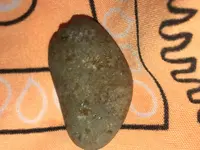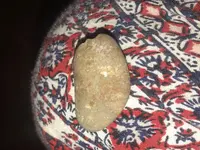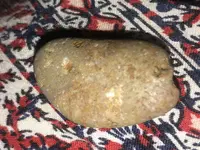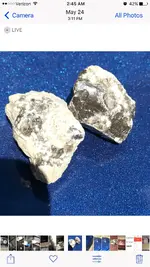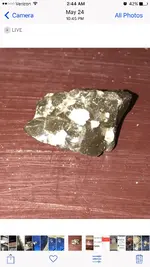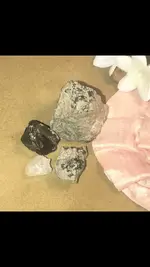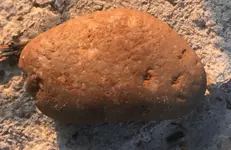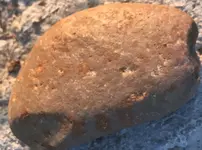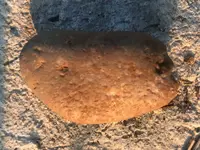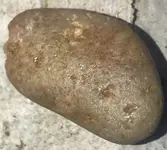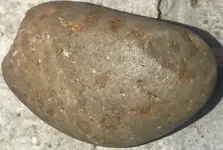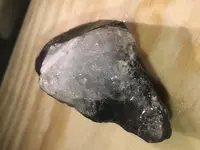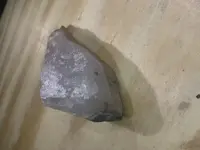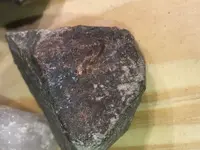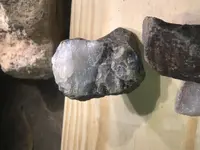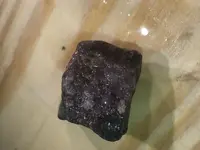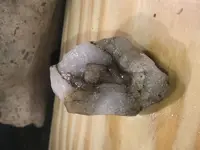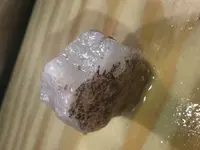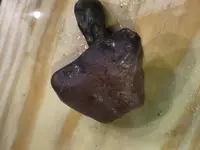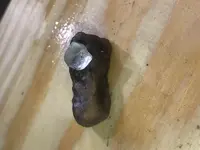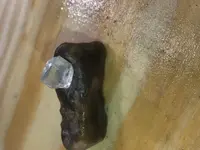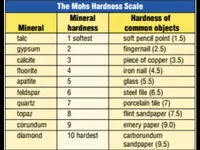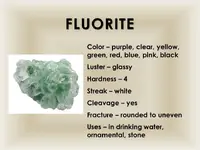Tizzy, the pictures are not ideal for mineral and rock identification.
An item obvious is the rock has been rounded, such as tumbling in a creek bed.
The face does not appear smooth, but instead medium cource in roughness.
Mineral identification composing the rock does not look easily discernable. We have color, relative harness, association of mineral that compose the rock, etc.
In relation to your initial mineral and elemental make up - a lot can be determined by location of find.
Each geographic region is dominated by its sedimentary and intrusive-extrusive history. Geologist are keen on this for aid in rock and minerals thst are possible in the region they are in.
So may I ask, is the rock from East Texas? And does the weathering and rounding relate to other rocks around it showing stream bed rounding?
Next, as mentioned rocks and minerals have select associations. Meaning the mineral makeup are from mineral commonly seen composing the rock matrix and common conditions of precipitaion/mineral and rock formation
Serpentines are mostly related to post igneous formation called metamorphic minerals. Gold in turn is associated with the hydrothermal latter elements to form minerals and pure element deposites from principally granites and diorites.
Please let me know the general region the rock was found at.
Gold is not typically found in domains where gold has not had a history of discoveries.
Thanks



